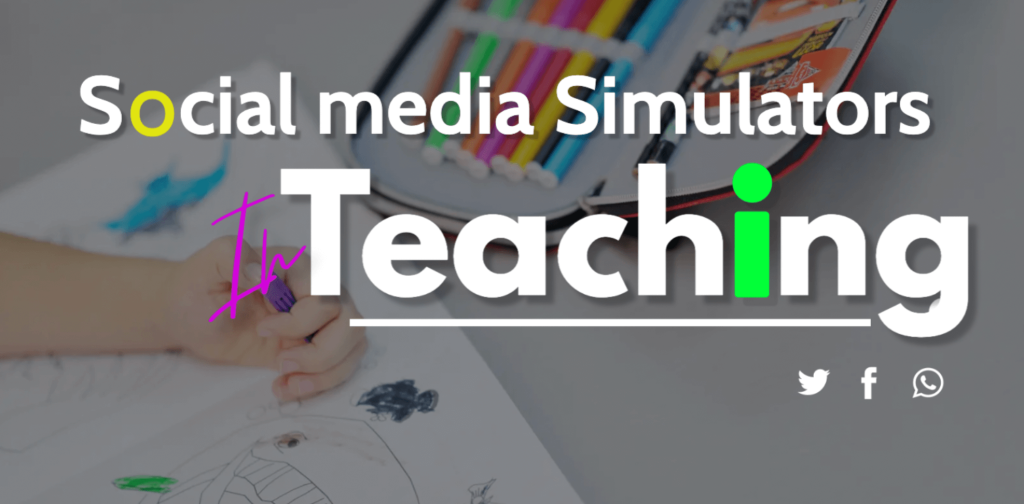Inclusion of a social media simulation tool has enhanced the learning and engagement of students in the class. A case study is shared below that was in fact performed at St. Clair College, Canada by Justina Ciarlariello.
Why social media simulators are necessary?
After a 20-year industry career in digital marketing, Justina Ciarlariello began teaching MRK340 Techno Marketing at St. Clair College. A key course requirement is for students to create a social marketing campaign plan. The first time she taught the course, Professor Ciarlariello asked a local company to come in and talk to the students about their current marketing efforts and what they were hoping to do in the social media space.
The students were then tasked to build a social media strategy that would work best for the local company. She found this “show and tell” approach did not effectively engage students as they had never built a social media campaign before and did not know where to start.
Real experiment on class
When students log into Social Media Simulator, they are provided with a hypothetical case of a company wanting to market their products on social media. Students are prompted to learn about the company, their products and their audiences, and then create targeted social media posts for the company on the social media platforms Facebook, Twitter, Instagram, Pinterest, YouTube, and LinkedIn.
Students are presented with simulated personas and must choose which ones they should target to effectively market the company’s products. Students can choose the types of content to include in the postings, such as text, videos or images, and infographics.
They also can schedule what day and time they want their postings to appear on which social media channels. All decisions made by students have cost implications associated with them, and they must remain within the $5,000 budget allocated by the company.
The postings may be either sponsored posts, for which they must pay, or organic postings. A link to further information and social media best practices is available to help students with decisions they must make. Once they have their campaign in place, they ask Mimic Social to run the marketing simulation. Their activities up to this point are called the Round 1 posting phase of the Mimic Social.
Round 2 of the simulation is the analysis phase. During this round, students get real time analytics on the impact of their strategies, make decisions about enhancing the effectiveness of their campaign, respond to questions generated by the system, and answer queries from fictious customers in order to receive a customer service score.
At the end of this round, students receive a grade for their campaign along with detailed feedback on its effectiveness. They can also see the scores of other students in the class without seeing names and they see their own ranking in the class.
The instructor also has a dashboard where she can view in real time the performance of all students and view their responses to questions. Moreover, she receives a spreadsheet of all student activity she can use for course grading purposes.
Professor Ciarlariello requires students to run two rounds in one week. The process of running the two rounds per week is repeated for another 5 weeks, resulting in a total of 12 rounds for the course. In later rounds, Mimic Social provides students with progressively more complex tasks, such as negotiating contracts with social media influencers to promote the company’s products.
Benefits of social media simulators and their Outcomes
Compared to lecturing about social media marketing and demonstrating various tools, Professor Ciarlariello finds Mimic Social to be much more engaging for students because of the hands-on, real world learning experience it offers.
She reports students enjoy the game-like, competitive aspect of Mimic Social and motivates them to try to improve their scores on successive rounds. Additionally, she finds students are more successful because developing a social media marketing campaign without a concrete understanding of the marketing choices they make is a very challenging exercise.
Source:
https://teachonline.ca/pockets-innovation/learn-how-inclusion-social-media-simulation-tool-enhanced-student-learning-and-engagement-course

Thank you a lot for sharing this with all of us you really know what you’re talking approximately! Bookmarked.